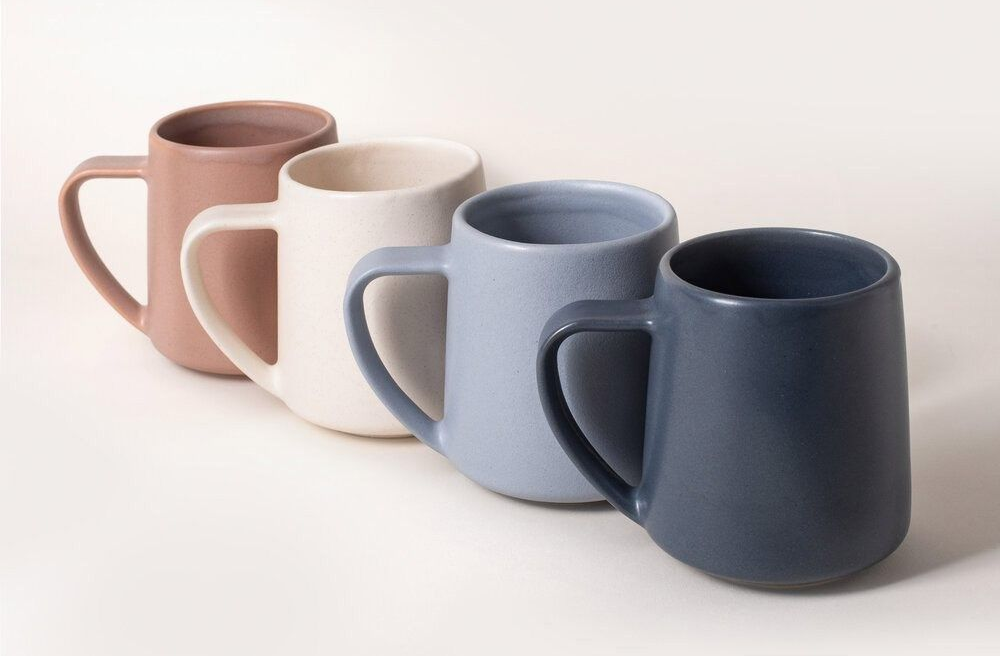Importing Products from China: Budget and Strategy Analysis
China is one of the world’s largest manufacturing countries, attracting countless businessmen to import products from here and resell them around the world. However, many small business owners or individual consumers still prefer to purchase products from local suppliers, believing that importing from China is too complicated or costly. In reality, it is possible to import products from China regardless of the size of your business or even just for your personal needs. The key is choosing the right business model and budget.
1. Minimum budget model: $100 for direct marketing operations
Dropshipping is a simple, low-cost business model especially suited for e-commerce start-ups. You don’t need a lot of money to buy inventory, thus avoiding the risk of inventory buildup.
- Initial Investment: First, set up an e-commerce site on Shopify and choose the $29 per month basic plan with a 90-day free trial. Additionally, registering a branded domain name for around $10 will give your site more professionalism and credibility.
- Product uploads and promotions: You can upload as many products as you want to sell and then create a plan to attract traffic. For example, spend about $50 on Facebook ads or find small influencers to work with on social platforms such as YouTube, Instagram, etc. for a budget of about $50.
- Order Fulfillment: Once a customer has placed an order, you can contact a Chinese supplier on a reseller site such as Aliexpress and have them send the product directly to the customer via China Post ePacket. This method is less expensive, but takes longer to ship, about 10 to 20 days.
In this model, you can import goods from China for only a few hundred dollars, but you can only order each product after the customer has placed the order, so you don’t get the lowest price. If you are well versed in online marketing, direct selling is a worthwhile option because it eliminates the need to worry about inventory, branding, and logistics management.
2. Mature e-commerce sellers: $2,000+ import budgets
As your business expands, supply chain management becomes critical, especially for sellers like Amazon FBA. Successful FBA sellers often sell private label products, which require bulk sourcing with Chinese manufacturers or trading companies.
- Sourcing and customization: Sourcing in large quantities can reduce the cost of your products, sometimes by as much as 30% to 50%. In addition, suppliers can customize packaging for your branded products, which is not possible with direct sales. For most everyday items, Chinese suppliers usually set a MOQ of around $1,000; for example, you could spend $1,000 for 2,000 mugs in a mix of 2-3 colors.

- Transportation options: For low-value bulky products like mugs, ocean freight is the most economical option, especially if the shipment exceeds two cubic meters. For example, a mug can be shipped from China to an Amazon FBA center in the US for approximately $500 USD with a transit time of 35 days. Airfreight, on the other hand, although it takes only 7 days, costs more than $2,000, which significantly reduces profit margins.
Therefore, you need to have at least about $2,000 to buy everyday items from a Chinese manufacturer or other supplier and ship them by sea. While it is possible to start your business with a drop shipper, as your purchasing volume increases, it will be more cost-effective to work directly with the manufacturer.
Of course, you can start your business by following the drop shipper model I mentioned in Part One. However, as your business grows rapidly, the purchasing volume may increase to 5 to 10 times the original volume, and the high cost of this timeshipper may no longer work for you. Therefore, it is especially important to choose quality suppliers from the start, especially if you work directly with manufacturers.
Effective ways to find reliable suppliers include screening through Google searches as well as Chinese B2B platforms such as Alibaba. In addition, working with a Chinese sourcing company is a more efficient option. Not only can they help you find suitable suppliers, but they can also follow up on production progress, control quality, and arrange for goods to be shipped to Amazon warehouses or the address you specify. This approach can simplify supply chain management and allow you to focus more on business development.
3. Development and production of new products: budget varies by product
Many enterprises wish to develop entirely new products or improve existing ones in order to increase their competitiveness in the marketplace.
- Product development costs: Development costs vary greatly from product to product. For example, for products such as apparel, shoes or bags, manufacturers typically accept a starting order of about $1,000 per product because they are made primarily of fabric and accessories and are simpler to make by hand. However, the development of plastic products is more complex, requiring the development of specific molds, and a brand new plastic cup lid can cost at least $2,000, so the option of manufacturing plastic products is not recommended for budgets of less than $10,000.
- Platforms and Channels: You can use crowdfunding platforms such as Kickstarter, Indiegogo, etc. to raise funds and validate your product idea. China has an excellent manufacturing environment and low cost advantages, and many people choose to mass produce their products in China once they have raised enough funds. Additionally, partnering with a Chinese manufacturer can quickly turn your idea into a mass-produced product.
4. Traditional wholesale/retail business: the advantages of sourcing from China
Many traditional traders are used to buying from local wholesalers and selling through offline stores or shopping malls. The main reasons they do not buy directly from China include the inability to meet manufacturers’ minimum order quantities and the time it takes to contact multiple Chinese suppliers.
-
Cost and Choice: While buying from local suppliers is more expensive, they usually offer credit, allowing you to pay after the sale. However, the selection is limited and you may not have access to the latest styles. If you have a steady business, consider purchasing more product categories from China at once, such as spending $10,000 or $20,000. Because shipping costs are lower for individual products, the overall cost will be lower than buying from a local wholesaler.
-
Sourcing channels: The best option is to find a reliable Chinese sourcing company that can assist you with sourcing, quality inspection and shipping.
5. Personal or company use: space-saving imports from China
In addition to resale products, you can import products from China for personal or corporate use, as long as the total cost is significantly lower than buying locally.
- Purchase of bulky items: For example, furniture, building materials such as tiles or bathroom fixtures, you may consider importing from China. Because most of these products are also imported from China in your country, local retailers or wholesalers will sell them at a higher retail price due to high labor and warehousing costs. If you need to buy large quantities of these large items, such as furniture for a new house or decorative materials for a new restaurant or hotel, it would be wise to purchase them in person in China. Unlike small items, these large items easily meet the minimum standards for ocean freight, even in quantities of less than one container, and are not significantly more expensive than larger importers. Including return shipping to China, you can still save over 30%-50%.

- Where and how to buy: For furniture, decorative materials or building materials, we recommend looking for quality suppliers in the wholesale markets of Guangzhou or Foshan in Guangdong Province. For small quantities of stationery, office supplies and other daily necessities, you can place orders online with Chinese suppliers.
Conclusion
Thank you for reading, and I’m going to create a definitive tutorial on importing from China to help you get the most out of your importing knowledge. If you have any questions or interesting stories about importing from China, please feel free to leave a comment below or get in touch, and I’ll be sure to answer them and share my practical experience with you in my next post.
Get Your Free Quote
We connect you with trusted factories, secure the best quotes, and deliver straight to your doorstep.